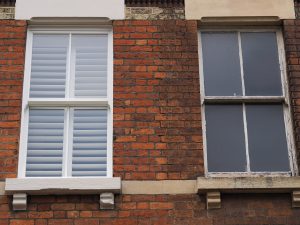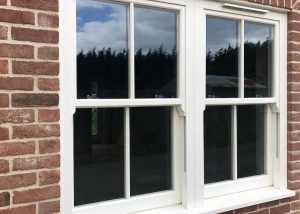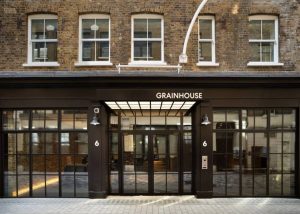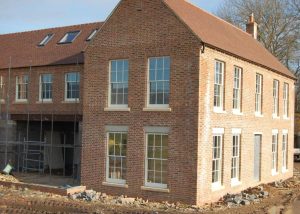Facts about New Rossingtone
General Info
The area known as “Rossington” is made up of a number of villages and hamlets, namely “Hesley”, “Littleworth”, “Rossington”, “New Rossington”, Rossington Bridge and Shooters Hill. The village of Littleworth was mentioned in the Doomsday book and was enlarged to a great degree in the 1970s, when Littleworth Park Estate was built. Doncaster city council removed the “Littleworth” sign at the junction of Littleworth Lane and Station Road in the late 1990s for renovation. The new village began to be built around the time of the sinking of the colliery. Rossington Bridge, although now only consisting of a few buildings is the oldest of the six settlements; situated on the crossing of the Roman road from Lincoln (Lindvm) to York (Ebvrscvm) via Doncaster (Danum) it was once the site of a major Roman fort (the largest between Lincoln and York). Rossington Bridge was also an important staging post on the Great North Road.
After the colliery closed, Rossington saw the building of large levels of new, private housing, particularly around the “Old Village”, raising the village’s affluence. Locally, the village is known as “Old Village” and “New Village” but local estate agents use the term “Old Rossington” when actually referring to The Original village of Rossington.
History
There are remains of both a Roman fort and Roman pottery kilns in the area. The name Rossington translates from the old Anglo-Saxon name of ‘Farm on the Moor’. In later times, Rossington housed a small village and both Rossington Hall and Shooters Hill Hall. Until the reign of Henry VII, the Rossington area was in Nottinghamshire as the River Torne was part of the boundary between Yorkshire and Nottinghamshire.
Wath can be traced to Norman times. It appears in the 1086 Domesday Book as Wad and Waith. It remained for some centuries a rural settlement astride the junction of the old Doncaster–Barnsley and Rotherham–Pontefract roads, the latter a branch of Ryknield Street. North of the town was a ford across the River Dearne. The name has been linked to the Latin vadum and the Old Norse vath (ford or wading place). The town received a royal charter in 1312–1313 entitling it to a weekly Tuesday market and an annual two-day fair, but these were soon discontinued. The market was revived in 1814.








